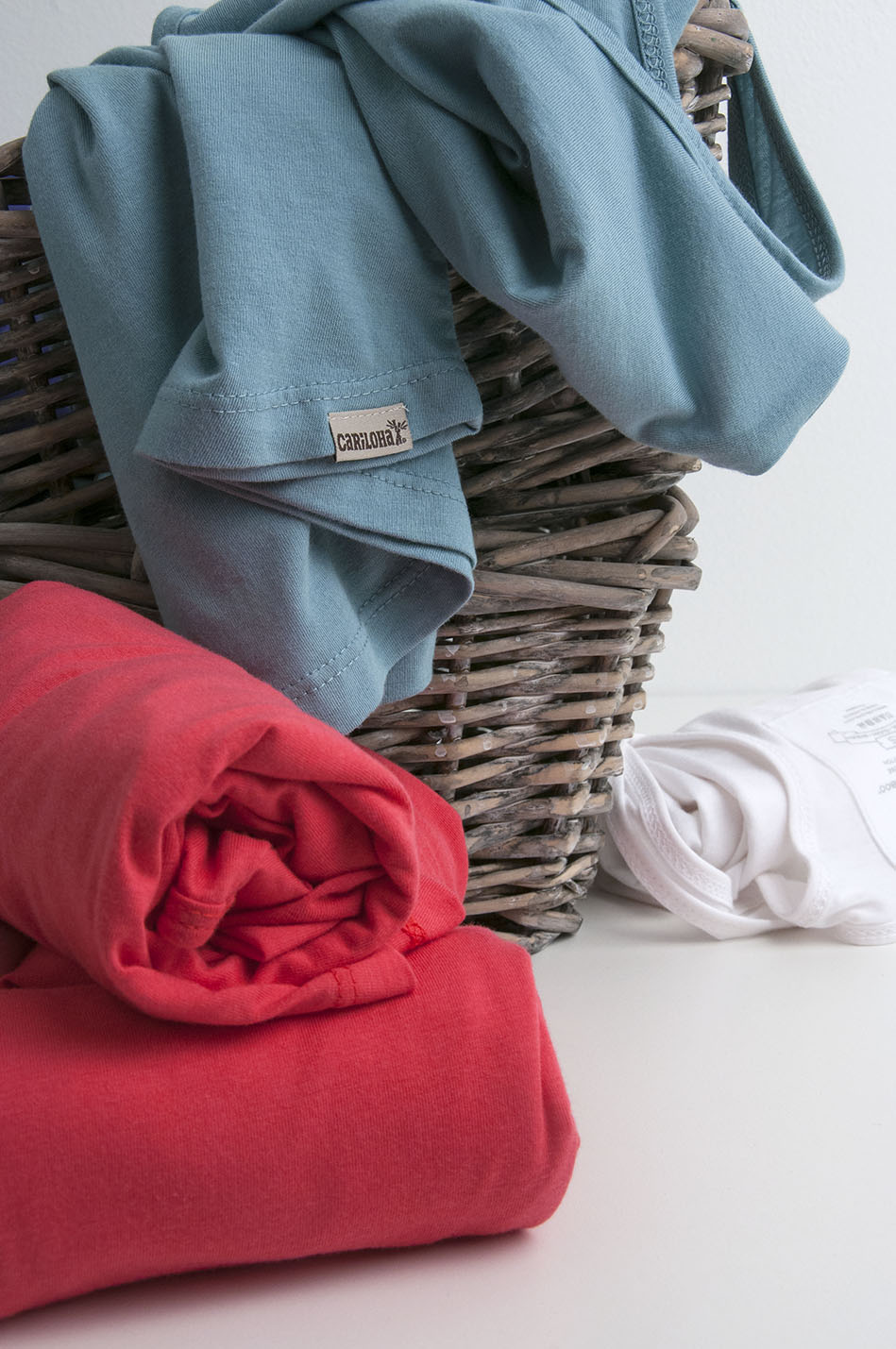A whole generation of consumers has been brought up to indulge in what is known as the “fast fashion” trend. This type of clothing is not made to last, offers new styles at an inexpensive price and is often thrown away after a few uses. Although this habit is still prominent in our society, the emphasis is beginning to shift in favor of quality over quantity. If you are looking to make your way up from the bottom rung of the evolutionary fashion scale then this article can help you get started.
Why Choose Quality?
There are many factors that go into the selection of clothes in your closet. The style, fit and brand are usually at the top of the list but one thing that should be a more common focus is the quality of the clothing being purchased. The quality of your clothing has a large impact on the look, feel and durability of the garments. A few reasons that you may want to consider switching to higher quality clothing include:
• Quality enhances the value of your clothing.
• The wearing experience is more enjoyable when you choose quality.
• High-quality clothing feels better and is often more flattering.
• The colors and appearance of the clothing last longer.
Superior quality should override all other clothing characteristics. While it may cost more it doesn’t have to be overly expensive, and the value will be enhanced over the life of the garment. Quality outfits will often look better with age and offer significantly more use than a poorly crafted piece of clothing.
Determining Quality
The manner in which the clothing is crafted has a large influence on its overall quality but the fabric used to make a garment is the ultimate determining factor when it comes to quality. In order to make a high-quality piece of clothing it is necessary to use high-quality fabric. All fabrics are made from different types of fibers and each kind of fiber has varying characteristics. The fabric that is used to make an article of clothing impacts its appearance, feel, durability and required care. The following steps can assist you with the process:
• Fabric Content
Before you purchase a clothing item you should always read the fiber content label to learn about the percentage of each type of fiber that makes up the piece. This information is essential to determine the quality and level of care the garment will require.
• The Feel of the Fabric
How the fabric feels when it is touched can also serve as a quality indicator. The superiority of the fiber content can become apparent through the feel of the fabric, the way it drapes and the way it forms when worn.
• Fabric Thickness
The fabric used to construct many garments is becoming increasingly thin. Some of these fabrics, even the pieces made with high quality fiber, are almost see-through. If you have to choose between a lighter or more heavyweight piece of clothing it is often best to go with the thicker material.
Types of Fabrics
In order to make superior style choices, it is essential to have some knowledge about the types of clothing fibers that are available to you. Some of the most commonly used fabrics include wool, polyester, cotton, viscose/rayon, silk and also bamboo.
• Wool
This fiber is actually produced from a variety of animal coats and is known for its spongy feel and ability to trap heat. It has very little shine and is very resilient to dirt, wear and tear. It is generally a heavier material and can absorb up to 30 percent of its weight in moisture.
• Polyester
This fabric is usually pretty soft and smooth but is often criticized for its lack of breathability. It is common for it to be blended with cotton and is resistant to damage and creasing.
• Cotton
Cotton is known for its softness and comfort as well as its long life cycle. However, it wrinkles easily and has a tendency to shrink after the first couple washes. Lower quality cotton is susceptible to pilling.
• Viscose/Rayon
These fabrics are very similar and although they have a silky appearance, and are more breathable than some other fibers, they are very delicate and wrinkle easily.
• Silk
This fabric produces a smooth, sleek and glossy material. It absorbs moisture well, which makes it a good choice for various types of weather.
• Bamboo
This modern fabric option offers durability, versatility and softness that is comparable to high-quality cotton or silk. It has antimicrobial properties and is highly absorbent, which makes it ideal for active wear or seasonal clothing.
When you purchase clothing that is produced with quality materials, the clothing tends to get better with age. These types of clothes are designed to last and wear in remarkably well. Our society is beginning to relearn that the effort and natural materials that go into producing high-quality clothing should be valued and respected.
Where do you stand on the evolutionary fashion scale?


